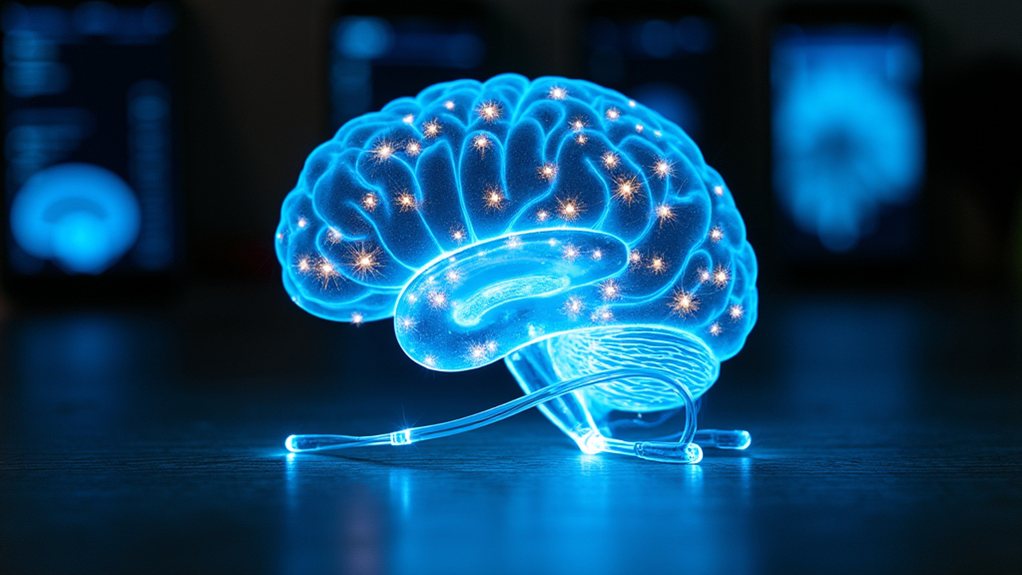NLP tools are AI technologies that analyze human language, extracting meaning from text and speech. They’re the unsung heroes behind chatbots, sentiment analysis, and those creepy targeted ads that somehow know you’re planning a beach vacation. Businesses use NLP for everything from customer service automation to social media monitoring—because who has time to read all those tweets? Financial firms and healthcare providers particularly love these tools for document processing. Stick around to discover how these digital linguists are transforming industries faster than you can say “Hey Siri.”
While tech enthusiasts have been buzzing about AI for decades, natural language processing (NLP) tools have quietly become the unsung heroes powering our digital interactions. These linguistic workhorses analyze unstructured text, extract meaningful insights, and enable machines to understand human language with increasingly uncanny accuracy. Think of them as the cool language nerds at the AI party—not as flashy as robotics, but definitely doing the heavy conversational lifting.
NLP tools: the unassuming linguistic superheroes that make your digital life possible while the flashier AI gets all the glory.
NLP tools perform a variety of text-wrangling tasks that would make even the most caffeinated data analyst weep with joy. They identify entities and relationships, evaluate sentiment (your passive-aggressive email to HR? Totally flagged), and break down syntax faster than your high school English teacher. Organizations deploy these tools to automate workflows, summarize documents, and extract content without human intervention—because apparently, reading is *so* last century. These tools represent a specialized subset of AI that focuses specifically on processing and understanding human language.
The business world has embraced NLP with open arms. Customer service departments use chatbots to handle those mind-numbing FAQs at 3 AM. Marketing teams analyze social media sentiment to figure out if their latest campaign is brilliant or bombing spectacularly. Legal departments use NLP to sift through mountains of contracts without developing carpal tunnel syndrome. IBM Watson has become particularly valuable in healthcare and finance sectors due to its advanced Natural Language Understanding capabilities.
Behind the scenes, these tools rely on a tech cocktail of machine learning, statistical models, and rule-based systems. The rise of large language models has supercharged capabilities, making previous NLP tools look like linguistic flip phones in an iPhone world. These technologies have evolved dramatically from early rule-based systems that struggled with complex sentences to modern solutions leveraging deep learning models for comprehensive language interpretation.
Cross-industry adoption continues to accelerate. Healthcare providers use NLP to analyze patient records without drowning in paperwork. Financial institutions deploy it for compliance checks and fraud detection. Retailers analyze customer feedback to figure out why people hate their new logo so much.
As generative AI steals the spotlight, it’s worth remembering that NLP tools form the backbone of these systems. They’re the reason your digital assistant understands your mumbled request for coffee shops—even if it still can’t grasp your sarcasm.









